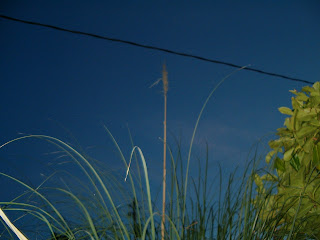
Dr. Feldenkrais’ body of work is unmatched in the scientific world with regard to how humans develop and how they eventually hold the key to their own health and dignity.
While I enjoy listening to his talks there are many challenges I face in trying to assimilate the message.
For one, my hearing sucks. And it’s not enough to crank up the volume because I still have a tough time differentiating the sounds to make a meaningful sentence for me.
Adding to this is that he is a Russian Jew, so the dialect throws me.
And finally the way he thinks is so different from how we normally think about things, when I do hear what he’s saying I then have to process it through unknown filters.
The whole process is a catch-up game for me and can be tiresome.
So anyway.
Last night for probably the 20th time I was listening to a talk he gave in Amherst, MA in 1981…it was a general reading of letters moment where students had written down questions for him, and he was reading and answering some of them.
This talk centered around the question…’What is attention, and what is awareness?’
So he asks “How do you pay attention?”
What do you need to pay attention? You definitely need to be interested in the subject in order to pay attention. If there were no interest then there’d be no attention spent on it.
Then he moves onto the concepts of being awake, being conscious, and being aware.
There are no definite dividing lines for any of these.
We all kind of have an idea of when we’re awake, and when we’re not awake we must be asleep. And all the varying degrees in between.
All animals are conscious, unless you’re knocked unconscious. You can be asleep and be conscious.
But to be Aware, one must not only be conscious and awake but they also must know what/how they are doing something. Most of our daily lives are spent in the conscious only realm with very little awareness attached to it.
Are you aware of how you breathe? Are you aware of how you sit? Are you aware of what you eat and how it moves through your body? Are you aware of how you walk to your mailbox?
Sure we’re conscious of the facts that we’re breathing, sitting, eating, swallowing, pissing, shitting, fucking, etc. (Moshé was never shy in using these clinical terms...lol)
But are you ever aware of yourself in these acts?
Simple but complex questions that really help us to understand ourselves and to help us heal ourselves.
So it was at the point in the tape where he was asking….”How do you fall asleep?” “Are you aware of how you fall asleep?”
……zzzzzzzzzzz
I woke up an hour later laying on the floor……..crap!
.
One of these days I’ll make it through this entire hour without falling asleep….and, no I’m still not aware of how I fall asleep, but I certainly know what to listen to if I can’t.
.
For more on the Feldenkrais Method® you can go to:
.
Erik LaSeurGuild Certified Feldenkrais Teacher®
.
 Look at that sexy bod!
Look at that sexy bod!






